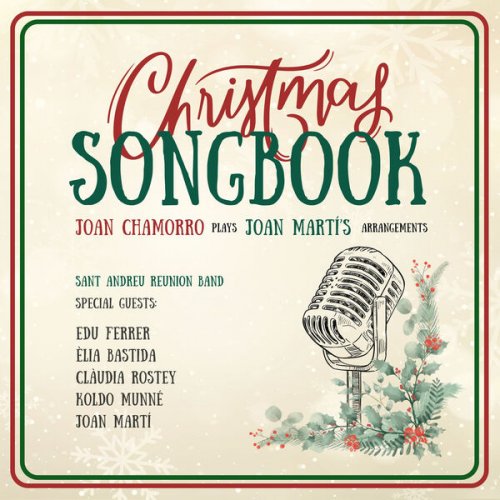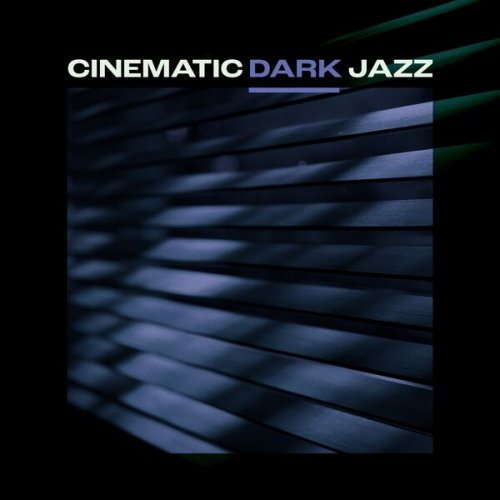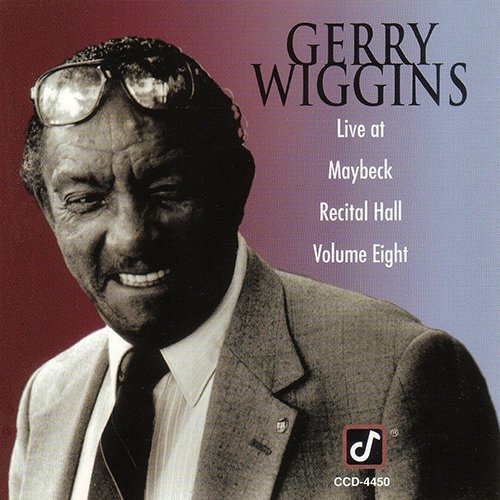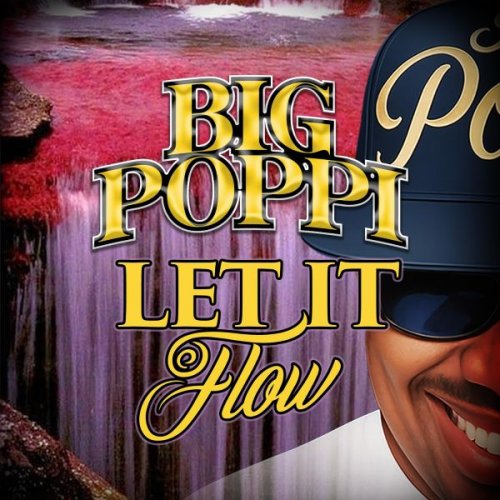Ben Webster - The Complete Recordings: 1952-1959 (2017)
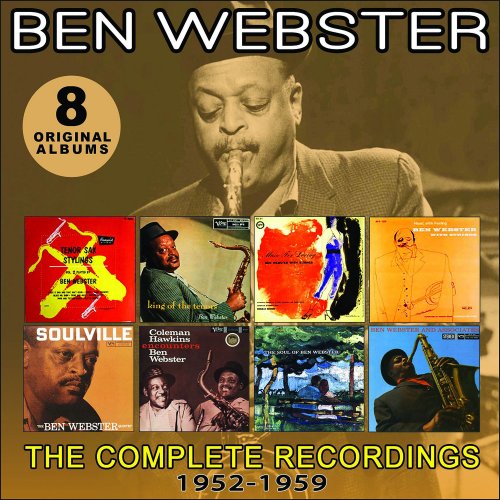
Artist: Ben Webster
Title: The Complete Recordings: 1952-1959
Year Of Release: 2017
Label: Enlightenment
Genre: Jazz, Swing
Quality: FLAC (tracks)
Total Time: 4:53:53
Total Size: 1.23 GB
WebSite: Album Preview
Tracklist:Title: The Complete Recordings: 1952-1959
Year Of Release: 2017
Label: Enlightenment
Genre: Jazz, Swing
Quality: FLAC (tracks)
Total Time: 4:53:53
Total Size: 1.23 GB
WebSite: Album Preview
01. I Got It Bad (And That Ain't Good)
02. Spang
03. Dark Corners
04. Blues Mr Brim
05. Frog and Mule
06. Doctor Keets
07. Park & Tilford Blues
08. Jeep Is Jumpin'
09. Tenderly
10. Jive at Six
11. Don't Get Around Much Anymore
12. That's All
13. Bounce Blues
14. Pennies from Heaven
15. Cotton Tail
16. Danny Boy
17. All Too Soon
18. Love Is Here to Stay
19. It Happens to Be Me
20. My Funny Valentine
21. You're Mine, You!
22. Do Nothin' Till You Hear from Me
23. Prelude to a Kiss
24. Come Rain or Come Shine
25. Sophisticated Lady
26. Love's Away
27. Chelsea Bridge
28. Willow Weep for Me
29. There Is No Greater Love
30. Teach Me Tonight
31. Until Tonight
32. We'll Be Together Again
33. Blue Moon
34. Early Autumn
35. My Greatest Mistake
36. What Am I Here For
37. Soulville
38. Late Date
39. Time on My Hands
40. Lover Come Back to Me
41. Where Are You
42. Makin' Whoopie
43. Ill Wind
44. Blues for Yolande
45. It Never Entered My Mind
46. La Rosita
47. You'd Be so Nice to Come Home To
48. Prisoner of Love
49. Tangerine
50. Shine on Harvest Moon
51. Fajista
52. Chelsea Bridge (1958)
53. Charlotte's Piccolo
54. Coal Train
55. When I Fall in Love
56. Ev's Mad
57. Ash
58. In a Mellow Tone
59. De-Dar
60. Young Bean
61. Budd Johnson
Ben Webster was considered one of the "big three" of swing tenors along with Coleman Hawkins (his main influence) and Lester Young. He had a tough, raspy, and brutal tone on stomps (with his own distinctive growls) yet on ballads he would turn into a pussy cat and play with warmth and sentiment. After violin lessons as a child, Webster learned how to play rudimentary piano (his neighbor Pete Johnson taught him to play blues). But after Budd Johnson showed him some basics on the saxophone, Webster played sax in the Young Family Band (which at the time included Lester Young). He had stints with Jap Allen and Blanche Calloway (making his recording debut with the latter) before joining Bennie Moten's Orchestra in time to be one of the stars on a classic session in 1932. Webster spent time with quite a few orchestras in the 1930s (including Andy Kirk, Fletcher Henderson in 1934, Benny Carter, Willie Bryant, Cab Calloway, and the short-lived Teddy Wilson big band).
In 1940 (after short stints in 1935 and 1936), Ben Webster became Duke Ellington's first major tenor soloist. During the next three years he was on many famous recordings, including "Cotton Tail" (which in addition to his memorable solo had a saxophone ensemble arranged by Webster) and "All Too Soon." After leaving Ellington in 1943 (he would return for a time in 1948-1949), Webster worked on 52nd Street; recorded frequently as both a leader and a sideman; had short periods with Raymond Scott, John Kirby, and Sid Catlett; and toured with Jazz at the Philharmonic during several seasons in the 1950s. Although his sound was considered out-of-style by that decade, Webster's work on ballads became quite popular and Norman Granz recorded him on many memorable sessions. Webster recorded a classic set with Art Tatum and generally worked steadily, but in 1964 he moved permanently to Copenhagen where he played when he pleased during his last decade. Although not all that flexible, Webster could swing with the best and his tone was a later influence on such diverse players as Archie Shepp, Lew Tabackin, Scott Hamilton, and Bennie Wallace. ~ Scott Yanow
In 1940 (after short stints in 1935 and 1936), Ben Webster became Duke Ellington's first major tenor soloist. During the next three years he was on many famous recordings, including "Cotton Tail" (which in addition to his memorable solo had a saxophone ensemble arranged by Webster) and "All Too Soon." After leaving Ellington in 1943 (he would return for a time in 1948-1949), Webster worked on 52nd Street; recorded frequently as both a leader and a sideman; had short periods with Raymond Scott, John Kirby, and Sid Catlett; and toured with Jazz at the Philharmonic during several seasons in the 1950s. Although his sound was considered out-of-style by that decade, Webster's work on ballads became quite popular and Norman Granz recorded him on many memorable sessions. Webster recorded a classic set with Art Tatum and generally worked steadily, but in 1964 he moved permanently to Copenhagen where he played when he pleased during his last decade. Although not all that flexible, Webster could swing with the best and his tone was a later influence on such diverse players as Archie Shepp, Lew Tabackin, Scott Hamilton, and Bennie Wallace. ~ Scott Yanow

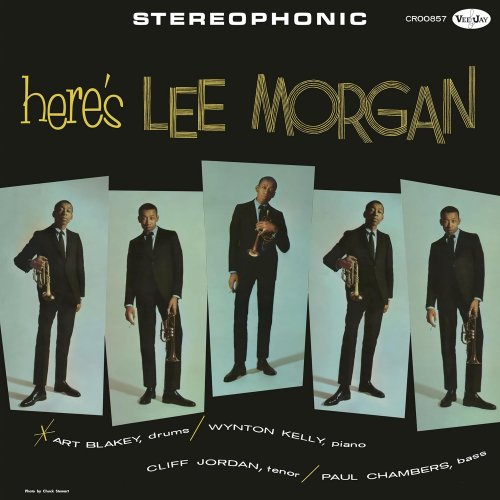
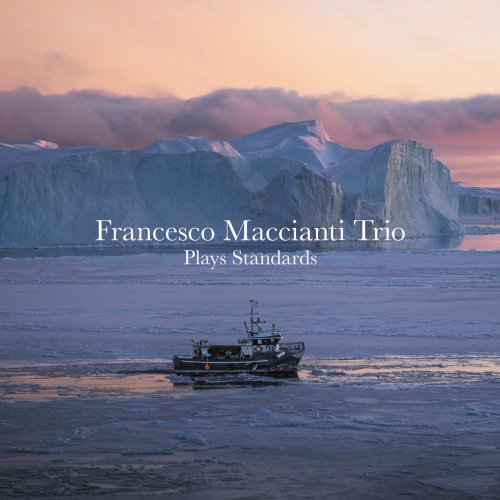
![Afrodream - Guiss Guiss (2025) [Hi-Res] Afrodream - Guiss Guiss (2025) [Hi-Res]](https://www.dibpic.com/uploads/posts/2025-12/1765638325_a2717494732_0.jpg)
